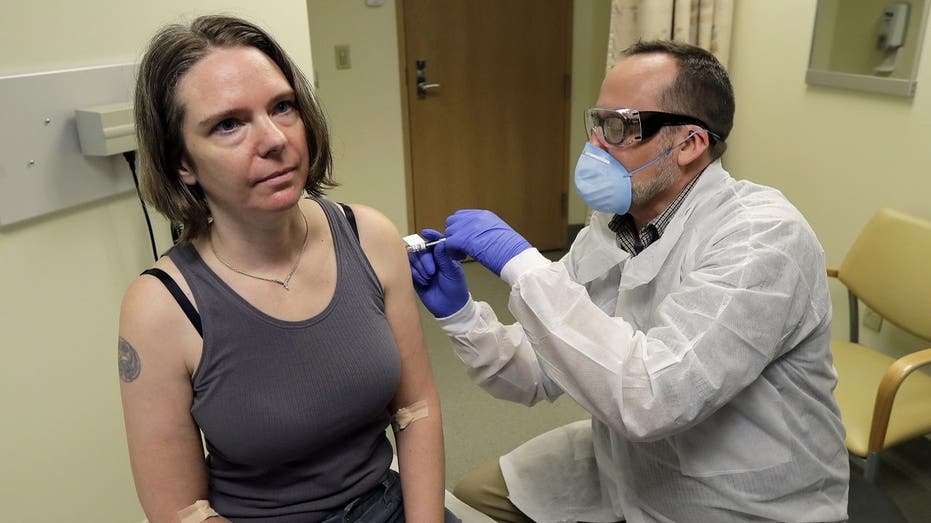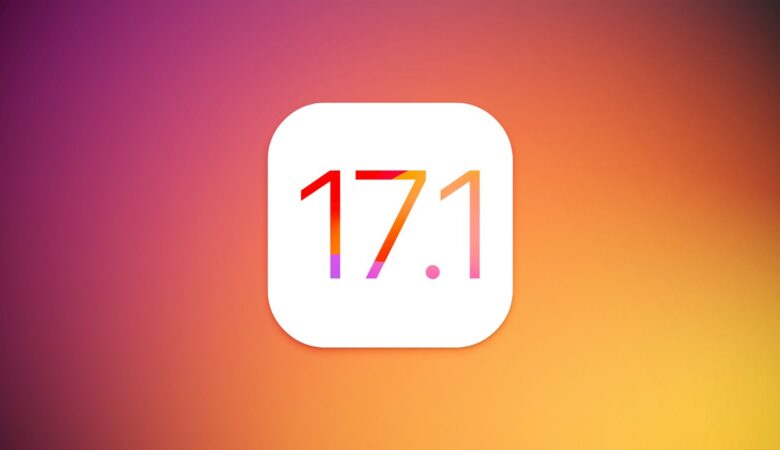Much of the world has pinned its hopes on a vaccine as a way out of the Covid-19 pandemic that has infected more than 15 million and killed more than 630,000 people globally. The World Health Organization says there are 25 potential coronavirus vaccines in clinical trials internationally. In the United States, the government has put its money behind several different vaccine candidates through Operation Warp Speed.
One of those vaccines is being developed by the Vaccine Research Center at the National Institutes of Health’s National Institute of Allergy and Infectious Diseases, in partnership with the biotechnology company Moderna. The vaccine is expected to enter Phase 3 testing next week. This phase of the trial is expected to involve 30,000 volunteers and will test whether the vaccine protects people against the coronavirus.
Moderna’s works and partners
Moderna is working with the NIH and Biomedical Advanced Research and Development Authority to develop its vaccine as part of Operation Warp Speed, the Trump administration’s effort to pinpoint and accelerate the most effective coronavirus vaccines.
Volunteers won’t know if they’re getting the real shot or a dummy version. After two doses, scientists will closely track which group experiences more infections as they go about their daily routines, especially in areas where the virus still is spreading unchecked.
The vaccine uses messenger RNA (mRNA), a molecule used by cells to build proteins — in this case, the proteins that are needed to build the coronavirus’ spike protein, which the virus uses to attach itself to and infect human cells. Once the immune system learns to recognize this target — thanks to the vaccine — it can mount a response faster than if it encountered the virus for the first time due to an infection.

Early results from the Phase 1 study were published in the New England Journal of Medicine in mid-July. The study showed that the vaccine, given at three different doses, triggered an immune response in the people who received it (the higher the dose, the higher the immune response). More than half of the participants experienced side effects including fatigue, chills, headache, muscle pain and pain at the injection site. The Phase 3 trial will involve the middle dose –100 micrograms (µg).Dr. Barney Graham is the deputy director of the Vaccine Research Center. He spoke to Dr. Sanjay Gupta to explain a little bit about the technology behind the Moderna vaccine. What follows is a portion of their conversation, edited for length and clarity, to explain what is happening inside the body.
How does the Vaccine work?
Dr. Sanjay Gupta: How does the vaccine work — you’re giving a little portion of messenger RNA [mRNA] to somebody. What is the mRNA and how does the body respond and create these antibodies?
Dr. Barney Graham: Our human genome is made of DNA; this is a double-stranded molecule. Most people have heard of DNA. The way our body makes proteins is that, from the DNA template that is made of nucleotides [basic building blocks], it does something called transcription: It uses its DNA template to make an RNA template. So, the RNA is the template we use in our own body normally to make proteins that are necessary for cell function … and that part is called translation .
And so when you put RNA directly into the muscle cell, by injecting it in as a vaccine, that RNA goes right into the cytoplasm [the body, not the nucleus] of the cell, is translated by the ribosomes to make a protein. And in our case, the mRNA that we use to make this protein is our vaccine. And when that RNA goes into the muscle cell, it creates and produces a protein, and when that protein is sitting on the muscle cell, it looks just like the protein that would be sitting on a virus, except we don’t have to give it the whole virus, we just give it the protein. And this is the main point of attack; the immune system recognizes this, it starts making antibodies to different surfaces on this protein. And then we count on those antibodies to be present if the virus ever shows up with this same exact protein on its surface. That’s the way this mRNA vaccine is working.
Moderna receives additional $475 Million
Moderna Inc. said on Sunday it has received an additional $472 million from the US government’s Biomedical Advanced Research and Development Authority (BARDA) to support development of its novel coronavirus vaccine.
The US-based drug maker said the additional funding will support its late-stage clinical development including the expanded Phase 3 study of Moderna’s vaccine candidate.
In April, Moderna had received $483 million from the US federal agency that funds disease-fighting technology, when the experimental vaccine was in an early-stage trial conducted by the US National Institutes of Health.
“Encouraged by the Phase 1 data, we believe that our mRNA vaccine may aid in addressing the COVID-19 pandemic and preventing future outbreaks,” Chief Executive Officer Stéphane Bancel said in a press release.
Moderna said it remains on track to be able to deliver about 500 million doses per year, and possibly up to 1 billion doses per year, beginning in 2021.
The announcement about further funding came two days after the drug developer said its formula used in developing the vaccine was not covered under patents owned by Arbutus Biopharma.
Also Read : News Highlights From July 2020






Leave a Reply
You must be logged in to post a comment.